Presentation
Dysarthria, dysphagia that has been fluctuating for a few days. CT brain negative. Brainstem ischemia?
Patient Data
Age: 80 years
Gender: Male
From the case:
Negative quick stroke protocol MRI


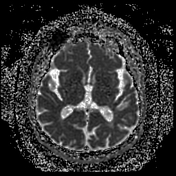

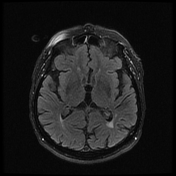

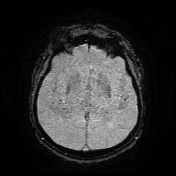

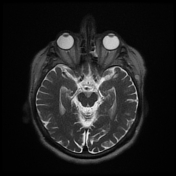

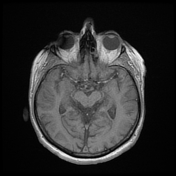

Download
Info
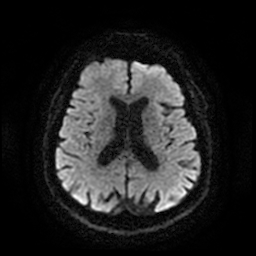
- No sign of diffusion restriction, hemorrhagic T2* signal loss, no gross acute abnormality.
- Chronic small vessel ischemic changes (Fazekas II.)
- Moderate age-related atrophy.
Case Discussion
- The b=1000 DWI and T2 FLAIR sequences are the most pertinent and should be carefully scrutinized. Note that ADC (very dark on dark) is insensitive for detecting ischemic changes. Also it is far more prone to artefactual inhomogenities (as demonstrated here near the vertex on the right as discrete low signal).
- T2 SSFSE is far more limited in scope than T2 SE. If unsure, a repeat T2 SE acutely or later (depending on the suspected pathology) is better than stretching the limits of the study and under/overcalling pathology.
- The GRE EPI T2* sequence should be carefully reviewed for hemorrhagic changes. Note that its quality is substandard compared to SWI. However it is dramatically shorter.
- The inferior quality of the rapid protocol fast sequences, and the lack of multiplanar acquisitions should always be acknowledged as a limitation of the study.




 Unable to process the form. Check for errors and try again.
Unable to process the form. Check for errors and try again.